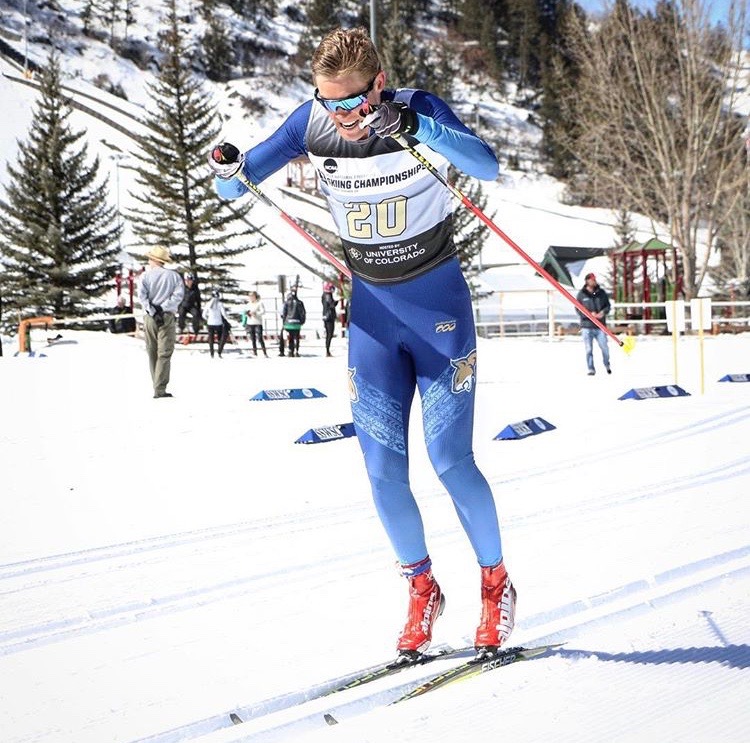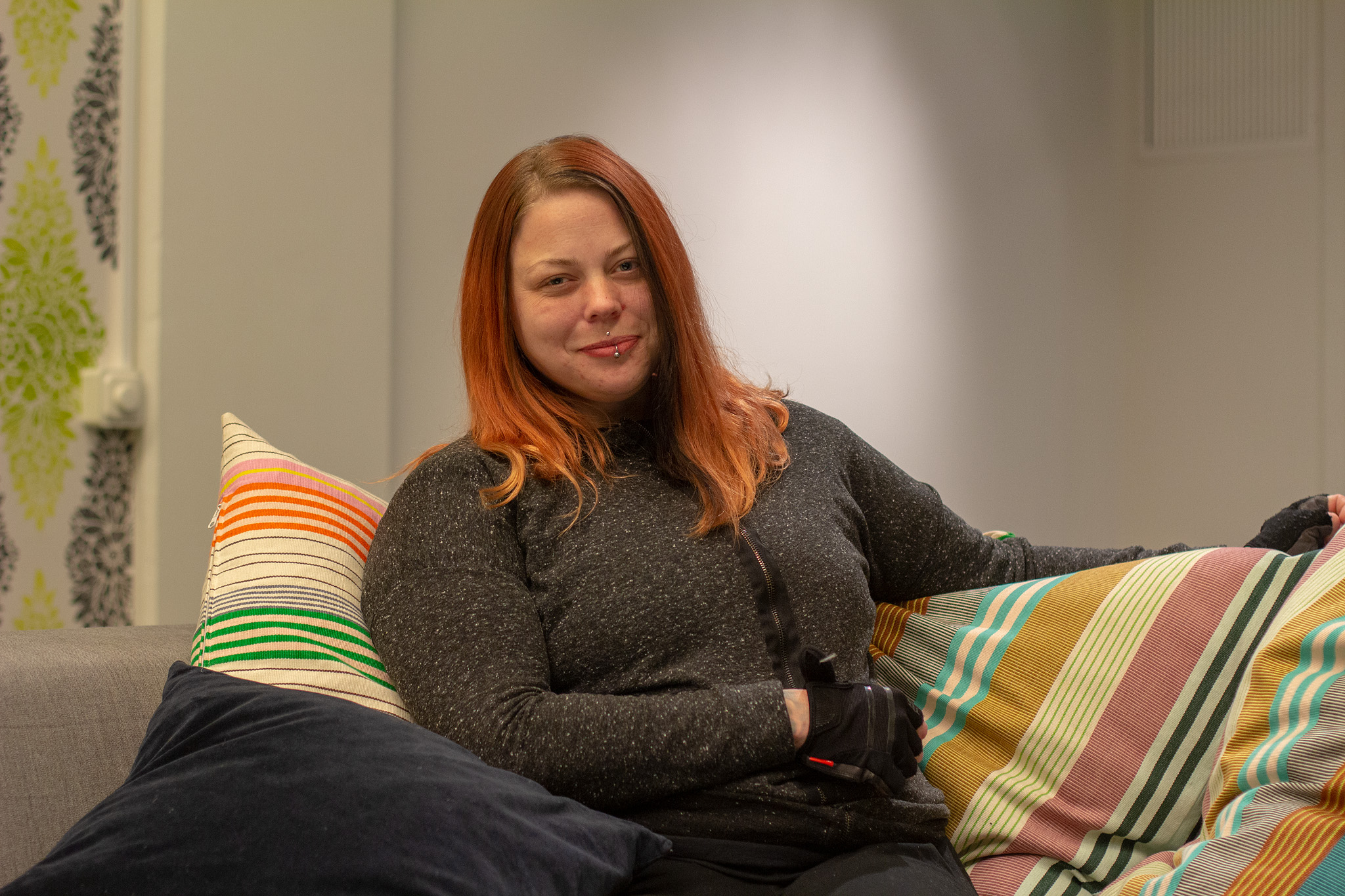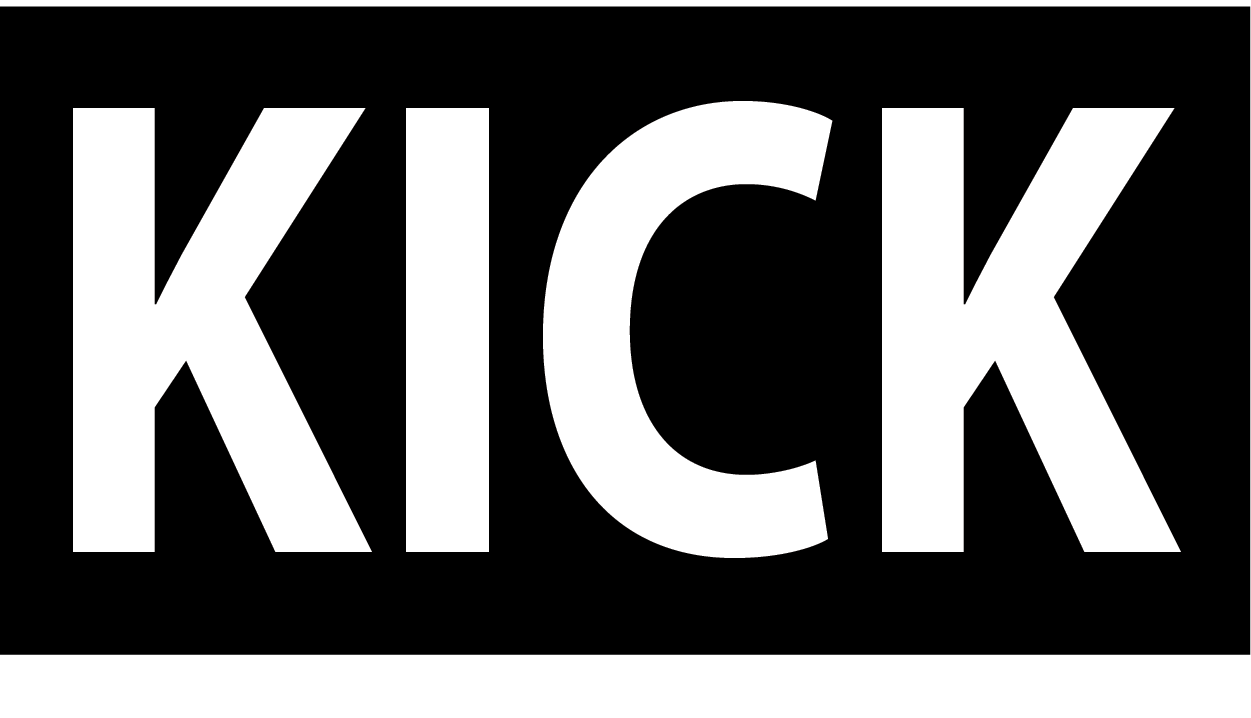Wheelchair technique, transfers, strength training, try-out sports, practicing escalator use in the city, and countless other activities. It was long days and a packed schedule at RG’s introductory course at Bosön from December 3rd to 9th.
– There are a thousand little things, and every single tip is incredibly important. And they go all out with it, says 24-year-old Erik Axelsson.

If Erik Axelsson says that the training is tough, one should probably believe it. Before he got injured in August, just over three months before Kick met him, he was an elite skier. Now, it’s different challenges and new sports that are the focus, and at the introductory course, he gets the opportunity to try out quite a few.
– We’ve done skiing, hill intervals with the wheelchair, strength training, wheelchair tennis; a thousand different things. Really fun. But I’m starting to feel a bit worn out. This is what Erik, who has been really well-trained, says. The last year went really well, he trained hard and was among the school’s very best skiers.
– You have to be quite motivated, a bit special, to train so much and hard. A bit stupid, perhaps, he laughs. But that mentality is paying off now. Always striving to take one more step, endure a bit more, handle another task. And there’s a lot of new things he needs to learn after the accident and spinal cord injury.
He was at home in Sweden when it happened. Not in Piteå, where his home is, but in Luleå where he was visiting a friend. He was out cycling at night, with the phone in one hand.
– I was bike riding on a trail through a park, but was using the phone and ended up off the trail. So I went over a cliff. Erik flew over the handlebars, landed on his chest, and passed out.
– When I woke up and touched my stomach, it felt like jelly, but warm. I felt nothing. A damn strange feeling. And then the shock started to set in. He lay there for four to five hours, waking up and passing out several times. Eventually, he regained his senses and spotted the phone that had flown off and was lying about ten meters away. Summoning his last strength, he managed to crawl, slide, and roll himself to the phone and dialed 112. He managed to roughly indicate where he was, but then the phone died during the call. And he laid there waiting.
– Eventually, I heard someone calling for me, and they found me. At the emergency room, it was determined that he had broken both his back and neck, but the neck injury didn’t affect any nerves.

– So it could have been much, much worse. Now I have sensation to my nipples and full function in my fingers and arms.
After surgery at Norrlands University Hospital in Umeå, Erik spent four weeks at neurorehabilitation in Luleå. Following that, he spent seven weeks at Rehab Station Stockholm (RSS) – an opportunity he got thanks to the hospital he was admitted to having an agreement with RSS.
– I’ve traveled all over Sweden. And I am incredibly satisfied with the healthcare and the rehabilitation I’ve received. Especially Rehab Station Stockholm – it made an extremely significant difference for me. To see those guys and girls who have been in wheelchairs for 10-15 years, how they handle situations and tackle things. Incredibly cool. Inspiring. You see that there are few things you can’t handle. Even though Erik spent quite a while at RSS, he has learned a lot of new things here at the RG course.
– Absolutely. There are lots of things. It can be a small thing like placing your feet in a certain position which makes transferring much easier. The more I learn to do and the more energetic I become in body and mind, the more I realize that I can actually still do 99 out of 100 things. One sport he tried for the first time during the camp is wheelchair tennis. I had convinced myself that it was impossible, that playing this was really not possible. But then I got hold of a few balls, and I was pleasantly surprised. It was damn fun.That a continued sports career seems almost certain for Erik.
– There are many para sports that sounds interesting. I enjoy cycling, and it’s something I could see myself competing in. But I haven’t decided on one or the other. This summer he’ll be in Stockholm, he’s got a job at a bank, but in August, he’s heading back to the USA. He has one year of studies left, then he’ll have his master’s degree in economics.
– I envision myself rolling onto the stage in May 2020, throwing that hat and being damn proud of myself and that I made it, he says.

Up and down again
Small things can become very important when you can no longer manage them. At RG’s introductory course, there are all opportunities to learn even such – big and small – things that one didn’t think would be possible. It’s been half a year since Sussanne Vigren from Gävle got injured, and since then, she hasn’t been able to get down into her favorite sofa at home. But that, and a whole lot more, she’s learned at the introductory course at Bosön.
I couldn’t get down into a sofa by myself unless it was exactly my height. But after these days here I can finally do it. Previously, when I’ve had friends over, they’ve sat in my corner – bitches! – and I couldn’t even get down into the sofa, she says, laughing. Kick meets Sussanne halfway through the introductory course. And she’s accomplished a lot.
– I’ve learned, among other things, how to get down on the floor, up from the floor, down to the pool edge, and into the water. And now I can balance a bit on the back wheels, maybe for 15 seconds.It’s been six months since Sussanne got her injury. It happened suddenly, and the first sensations appeared when she was driving a car.
– It started to tingle in the back of my thigh, like sciatica. It felt strange, so I stopped at a store and went inside. And in there, it hit me. It felt like someone was dragging knives through my legs, all the way down to my feet. It was awful. And then I fell. Right then and there, my legs disappeared. Sussanne had experienced a type of infarction.
– It’s something that happens to one in two million – it’s extremely rare. It’s like having a stroke, but in the back. After that, she spent a week in a stroke ward in Gävle, followed by three weeks at a spinal clinic in Uppsala for evaluation. Then she was placed in a rehabilitation department in a smaller town. It was a really good place, with really kind staff – If you’ve had a stroke, that is. But I didn’t get to learn any wheelchair techniques. Now I hear from others here at the course that they could do wheelies when they were discharged. I can’t do that. It means a lot to Sussanne that the leaders at the RG course themselves use wheelchairs.
– When you see a leader who uses a wheelchair but still lives very actively, it gives you a lot of hope for yourself. Instead of having an able-bodied person saying ’but you’ve gotten better’. It’s easier to hear from someone in a chair. Meeting other spinal cord injured individuals, either at the RG course or in other ways, is important for Sussanne.
– Of course, my friends can understand that it’s not fun to be in a wheelchair. But there’s so much more. Like dealing with bladder and bowel issues, for example. Here, you can openly talk about such things. During the camp, she has had the opportunity to try several sports: wheelchair tennis, para rowing, and para cycling.
– Tennis was difficult, very difficult. But cycling was fun, you really pick up some speed. But they’re quite expensive bikes…However, another sport made the biggest impression.
– I tried wheelchair rugby today, and it was so much fun! But I’m not a tetraplegic so I don’t think I get to play it, she says. The tetras came charging at full speed, ready to kill you. I mean, I wouldn’t want to be a tetra, but when it comes to playing rugby, maybe, haha!


